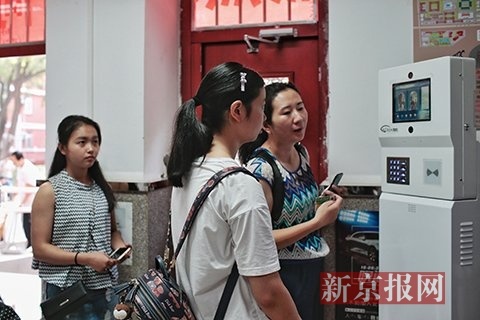China looks to UK’s vocational system
China is learning from the United Kingdom’s vocational education system as it moves to improve the skills of its talent pool.
On Friday, a delegation from the Chinese People’s Political Consultative Conference National Committee visited City of Westminster College, a leading British vocational school, with the goal of incorporating best practices into China’s education system.
“British vocational education experiences can be directly applied to help China improve the skills of its population,” said Gan Yisheng, vice-chairman of the proposals committee within the CPPCC National Committee.
“In particular, we are interested in the way British vocational schools work intensively with businesses to create and implement the courses, so that students gain the most valuable skills and experiences,” Gan said.
City of Westminster College has 7,000 students. Over the years, it has collaborated with many businesses, including food company United Biscuits UK, Harrods, the BBC and engineering consultancy Atkins.
Gan said the British government’s recent initiatives to encourage businesses to invest in training apprentices might also work well in China.
Since April, the British government has required all businesses with a payroll exceeding 3 million pounds ($3.9 million) to pay an apprenticeship levy, which they can claim back by investing in training apprentices. The plan reinforces the British government’s efforts to fund 3 million new apprentices by 2020.
The vocational education sector has grown quickly in recent decades, and China now has 12,300 vocational schools, collectively hosting nearly 27 million students and annually recruiting 9.3 million new students.
Despite the growth, Chinese education specialists note that the sector still faces challenges such as a lack of adequate government funding and policy support, while vocational qualifications so far do not have the same value as other qualifications.
“The sector would benefit from policies that give the same treatment to students with vocational and university degrees, and by allowing vocational courses to attract more talent,” said Luo Xiaoming, the former executive president of Beijing Geely University, a vocational school founded in 2000.
Luo, who visited City of Westminster College last year, said China needs policy incentives that encourage businesses to invest in training new talent, alongside schools. In particular, they should be encouraged to share their cutting-edge technology with schools, so students are capable of working with the most advanced technology immediately upon starting work.
Keith Cowell, CEO of the United Colleges Group, of which City of Westminster College is a member, said he believes there will be many opportunities to work with Chinese vocational schools, such as by becoming certifying partners for courses, or by hosting teacher or student exchange programs.
